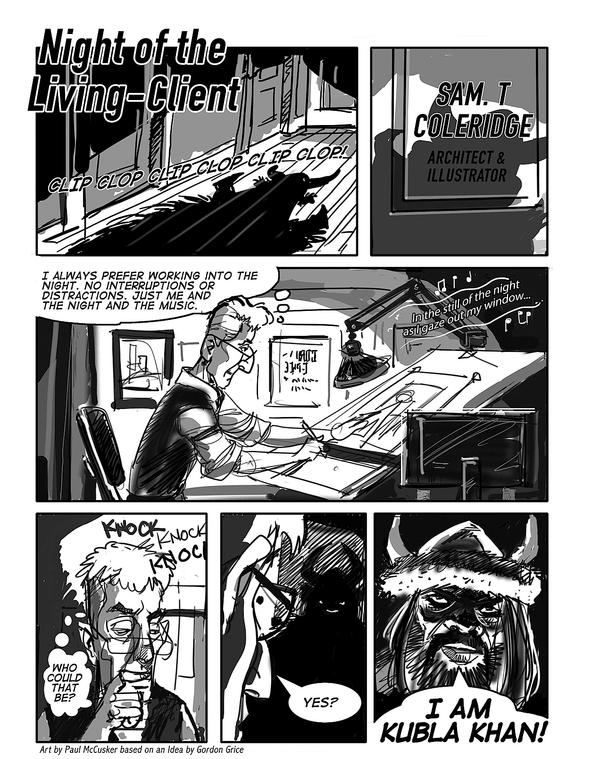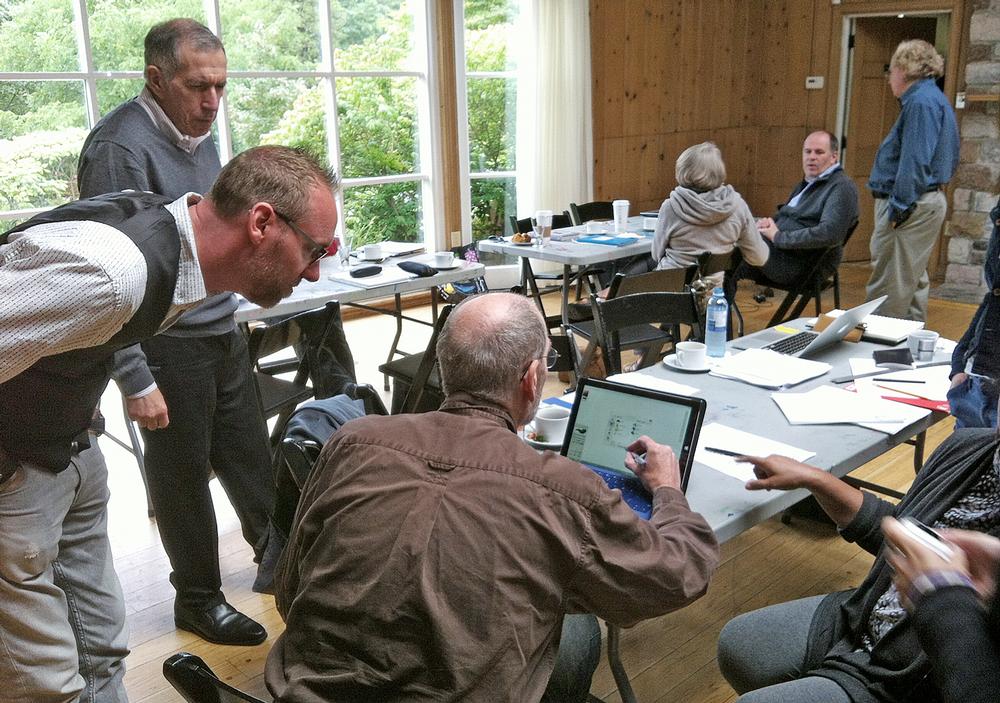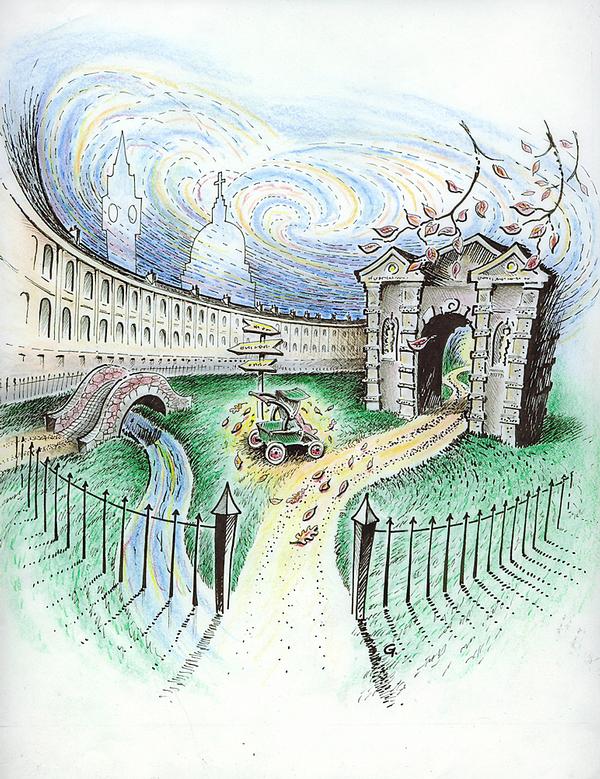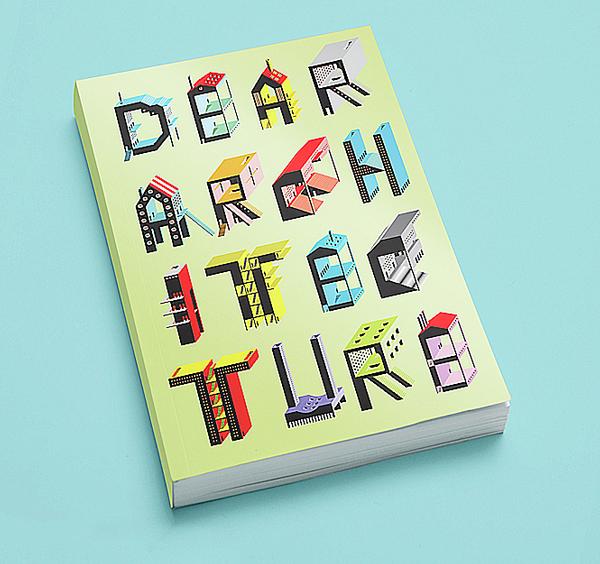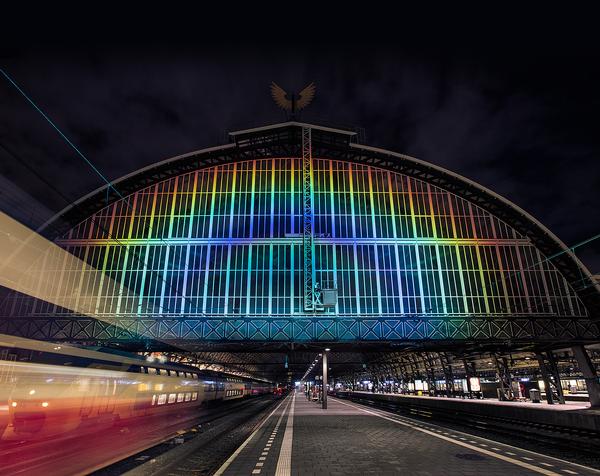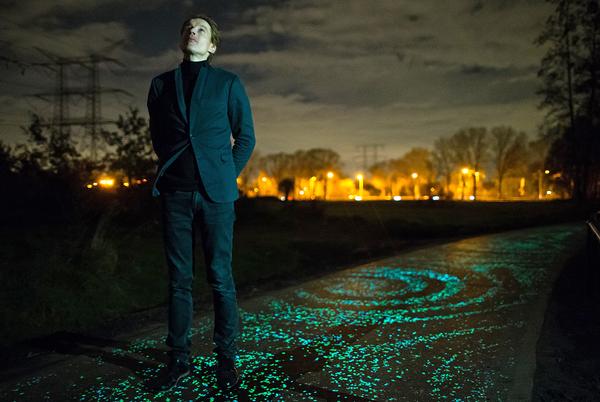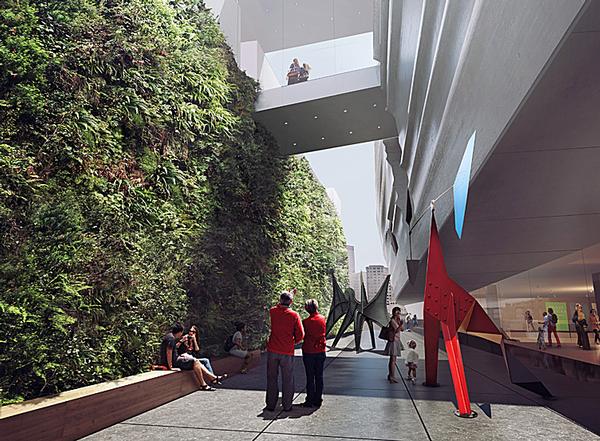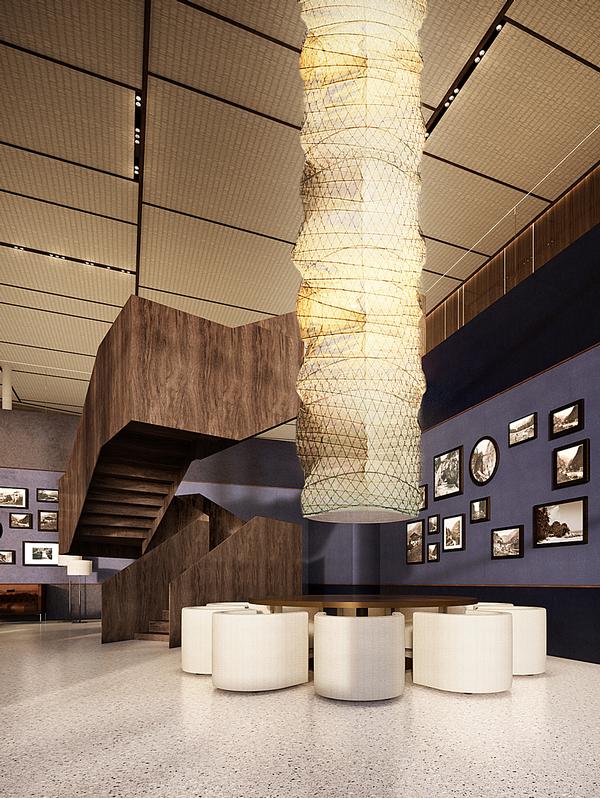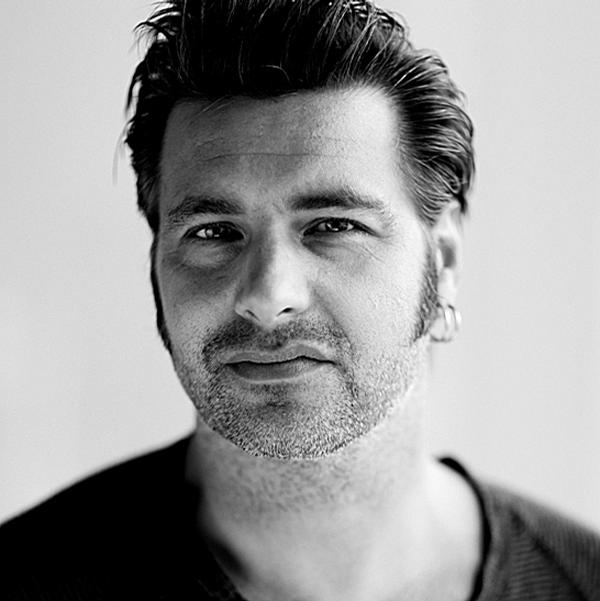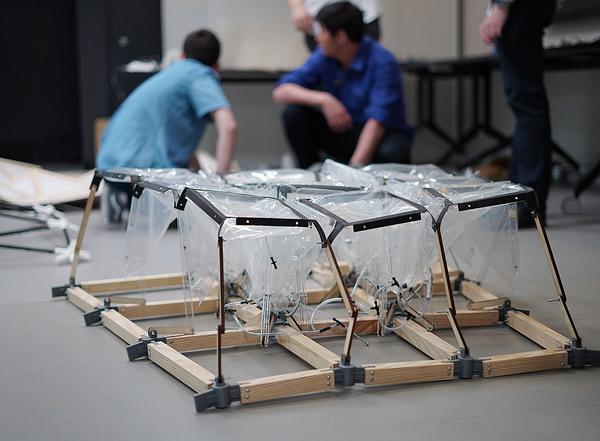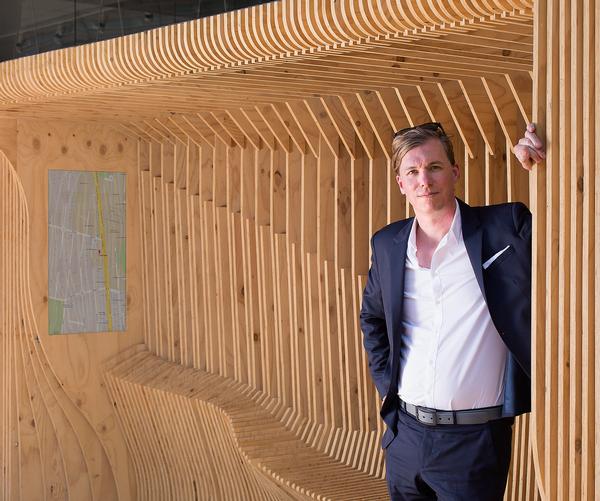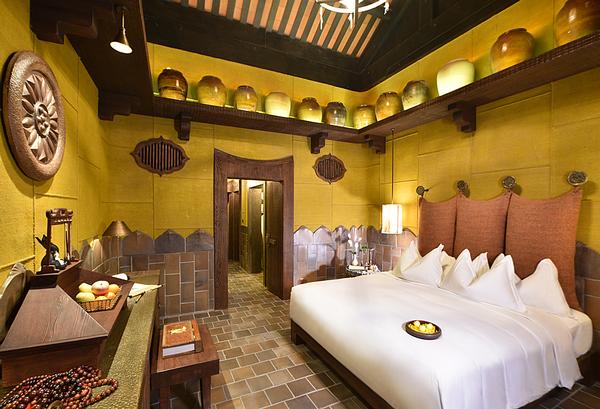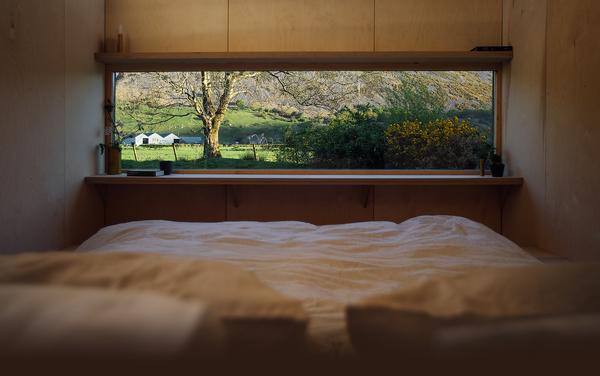Architects & Fiction
Multi story
Writers tell stories in time and architects build stories in space. Maybe the two professions aren’t so different
"Tell me a story.”
We’ve probably all said that, at one time or another, possibly as kids, ready for bed, needing a release from reality and an entry into the land of dreams. Later on, we were told that storytelling – and the world of imagination – was only for kids. The real world relies on fact, not fiction.
But as adults, we never really abandon the world of stories. We still have TV, movies and novels. The truth is, we can never outgrow stories because our lives are built around them. We’re made of them. And as the 20th-century mythologist Joseph Campbell said, the very earliest stories, ancient myths, continue to live within us.
Architecture fiction (Architecture AS Fiction)
For architects involved in the design of entertainment environments, it often seems as though we’ve slipped over to the dark side. Our professional education, still echoing the Bauhaus, insisted that form must always follow function. And, according to the three architectural qualities proposed by Vitruvius 2,000 years ago, “delight” must always come after “firmness” and “commodity.” Furthermore, any connection between fiction and architecture was unthinkable. Architecture is never about anything; architecture just is.
As Adrian Forty wrote in Words and Buildings: A Vocabulary of Modern Architecture, “the meaning of architecture lay solely in the immanence of its perception, and that architecture could represent nothing beyond its own immediate presence.”
Now what happens when we place “delight” at the head of the list and design for the visitor experience, when we create environments where form follows feelings and, to compound the sin, we regale users and visitors with architectural stories? Must we abandon our professional principles?
With this in mind, it feels at least a bit perverse to be discussing architecture as a form of fiction, or – possibly worse – fiction as a form of architecture. Yet fiction and architecture have always made excellent companions.
French philosopher Paul Ricoeur thought of architecture and narrative as two different ways of telling stories, and “making what’s absent present.”
If narrative tells a story in time, architecture builds a story in space. In both cases, something is constructed, whether in the physical or the mental space, and that something becomes inhabited with memories and experiences. It comes from the mind of its creator, who has to plot it and structure it, and becomes a part of the life of somebody else, who establishes a relationship with it.1
Planner and author Lewis Mumford believed that the connection between architecture and storytelling goes back to the very foundation of civilisation. Cities, he has suggested, are the result of our desire to express ourselves as dramatis personae in a public forum. The Acropolis, then, might be viewed as a grand stage (or page) and the Parthenon an extravagant set.
The Ancient city, then, is above all things a theatre, “in which common life itself takes on the features of a drama, heightened by every device of costume and scenery, for the setting itself magnifies the voice and increases the apparent stature of the actors.”2
I find myself using the phrase “tell me a story” more frequently these days, when I work with architects, designers and illustrators – for the reasons that Ricoeur and Mumford suggest, but also for the original reason: to ease the passage into a structured dreamland – the one we call design creativity.
Architectural fiction (Architecture IN Fiction)
Now, let me tell you a story.
Two decades ago, our quarterly architectural journal, OAA Perspectives, began exploring the potential of creative non-fiction, “a genre of writing that uses literary styles and techniques to create factually accurate narratives.”3 This was not a huge stretch for our readers or writers, we believed, since the material was still factual, but written in a more entertaining way. We asked our contributors to write about their projects, their lives, their aspirations and their profession from a more personal viewpoint: not what they did, or how they did it, but instead, how they felt about it, and what difference they thought it made.
Our reason for pursuing creative fiction was simple. Writing and architectural design share certain creative similarities. So we reasoned that architects are – or should be – relatively good writers. Furthermore, if architects became more comfortable with creative writing, not only would they be able to express their views in a more understandable way to a wider audience, they might also be able use narrative ideas in their architectural design.
It took some getting used to, but before long, we were reading about hobbies, personal living and working spaces, important professional experiences, odysseys, pilgrimages, obsessions, learning, teaching, and a host of other topics that affect architects’ lives. Today, after almost 80 issues, we have a constantly growing record of how architects live, work and dream.
We added a new chapter to the story by moving to the next logical step: architectural fiction. Last summer, we conducted a weekend writing seminar, focusing on flash fiction (stories shorter than 1500 words) and graphic fiction (stories in cartoon form). If storytelling actually does have parallels to architectural design, our seminar attendees should have no trouble creating amazing fiction – even after a short workshop. We were not proved wrong.4
There exists a substantial catalogue of fiction written by architects, and reflecting sensibilities that might be typical of an architectural viewpoint. Examples include Thomas Hardy’s Under the Greenwood Tree, Arundhati Roy’s The God of Small Things, and (former architecture student) Orhan Pamuk’s My Name is Red. There are online lists of architectural fiction titles – almost none by actual architects – that draw on separate definitions of the term, but contain a surprisingly large number of entries.
There are also many TV shows and movies about architecture, or featuring an architect as a lead character. In these instances, the title “architect” provides a bit of background information about the character, so that the problem-solving skills, creative dreaminess or idealism that he or she displays isn’t unexpected.
These stories rely on certain assumptions that the audience or reader makes about architects. They may be far from accurate, but you can’t blame a writer for taking the shortcut that an unfair generalisation provides. At the same time, these stories do very little to promote an awareness of architectural issues, ideas and concerns.
More recently, architectural fiction has found a new lease on life, thanks to the internet. Websites such as archinect.com, books such as Dear Architecture and the annual architectural Fairy Tales Competitions have brought a new focus on architectural writing, in the form of flash fiction that relies not on technical knowledge and dry exposition, but on creative imagination.
This appeal to the creative imagination brings us back to the most interesting connection between architecture and storytelling: how storytelling can help to create architecture, not just reflect it.
Fictional architecture (Architecture THROUGH Fiction)
As our society becomes more and more concerned with the quality of things –quality time, quality of life, quality of experience – architects are beginning to acknowledge that architecture cannot survive as simply a science or even an art. It has to create experiences. To this end, narrative has begun to assume an important role in architectural design.
The most conspicuous examples are in entertainment and themed environments, where the combined efforts of architects, illustrators, landscape architects and designers – interior, industrial and graphic – are brought together to create an experience. Such a diverse group of design professionals requires something that will generate unity; a project narrative or backstory is a perfect solution. When I ask my collaborators to tell me a story, I mean it literally, because that’s where our design begins.
Stories are also important in design for another reason: everybody loves them. They can generate enthusiasm among the designers and a personality for the project that will make it distinct and memorable.
Normally, a finished project expresses the story that generated the design in the first place, maintaining a tangible connection to the architectural concept. Sometimes, the narrative is only subtly evident in the final project. In such cases, the story has served as a “backstory”– in fiction and drama, a means of building a character through an invisible history. So, before an entertainment environment is realised, a narrative can provide character, settings, mood and a temporal framework, around which a unified concept can grow.
An example
One past project stands out in particular because it demonstrates how architecture and fiction can converge at several levels: architecture in, as and through storytelling.
We’d been invited to design a pool and garden for a resort in Thailand, but our experience told us that the project needed something more to distinguish it from its nearby competitors. A strong site narrative was needed. Our story began:
When the first people came to the land that would one day be called Thailand, the wisest and strongest of the spirits who ruled its natural world appeared to them in a dream. One appeared as an old and wise turtle, another as a beautiful crane, a third as a white tigress and the fourth took the form of an elephant.
This invented myth goes on to tell of an ancient tribe that revered their natural environment. In its modern incarnation, the story is reflected in a transformation of the hotel grounds into a jungle adventure, with forests, gardens, rivers, chutes, cascades and pools, connected by meandering wooden walkways and treetop bridges. In this re-imagining of a lost jungle world, each guest becomes a participant in a living story. Just as the ancient tribe celebrated the transition from day to night with a torch-lighting ritual, modern visitors gather every evening, as the sun sets on the Gulf of Thailand, to re-enact the sacred ceremony.
The project is a good example of architecture and storytelling working together. It touches on architecture in fiction (the site narrative, describing the tribe’s ancient environment), architecture as fiction (the ongoing adventure that takes place on the site) and architecture through fiction (the realisation of the story in three dimensions). Architecture and storytelling can interlock in many different ways to create a visitor experience that is, at the same time, personal and universal – a way of existing in the real world and the world of imagination, both at the same time.
References:
1. 2015 Fairy Tales Architecture Competition Brief, Blankspace
2. Lewis Mumford. The City in History: Its Origins, Its Transformations and its Prospects
3. Lee Gutkind. What is Creative Nonfiction? at www.creativenonfiction.org
4. www.oaa.on.ca/oaamedia/documents/OAAPerspectives_spring2016.pdf
More than words
For years, the journal OAA Perspectives has been publishing works by architects, including creative non-fiction, architectural fiction, flash fiction and graphic fiction. The journal has published a fiction special, and held writing workshops
